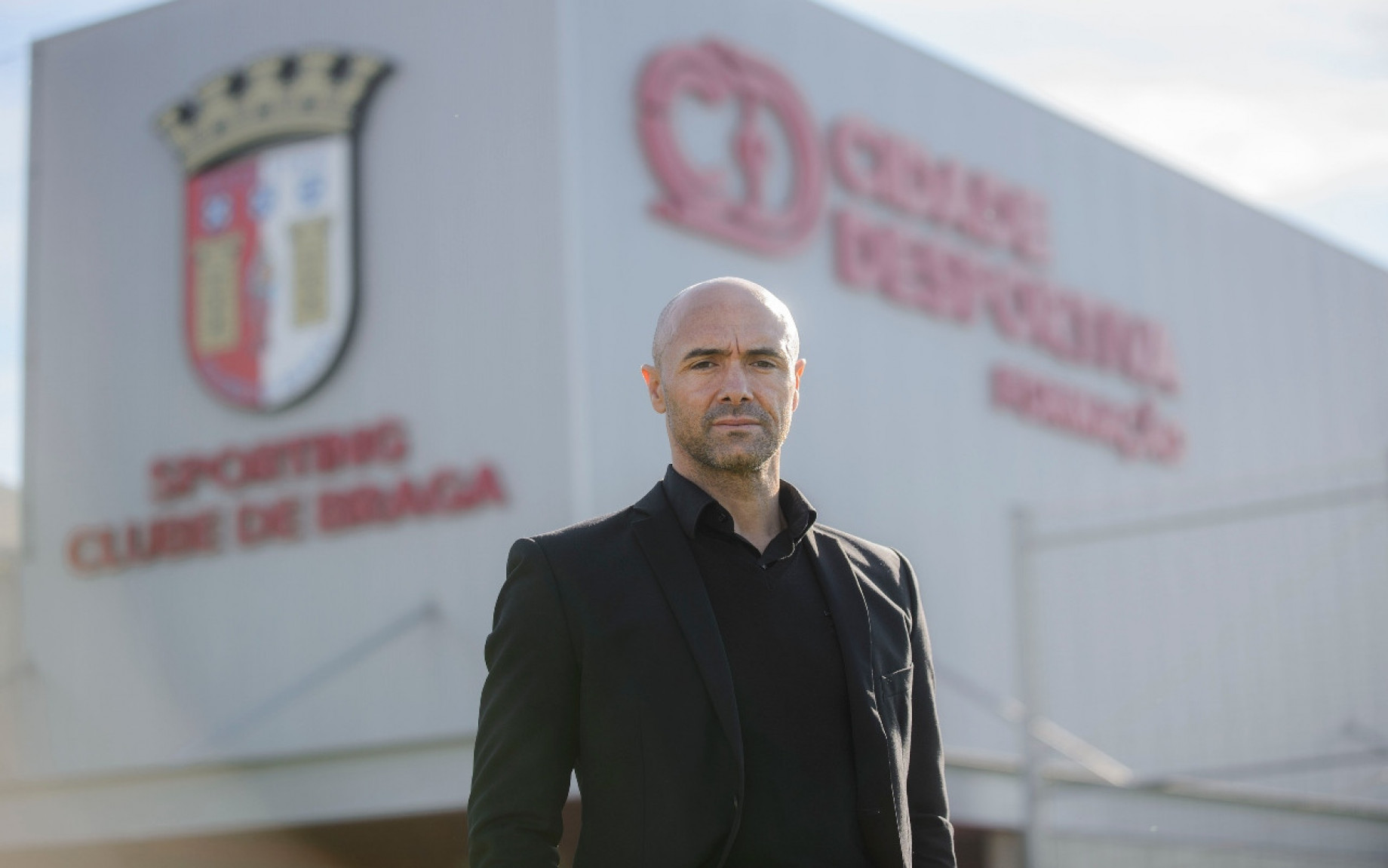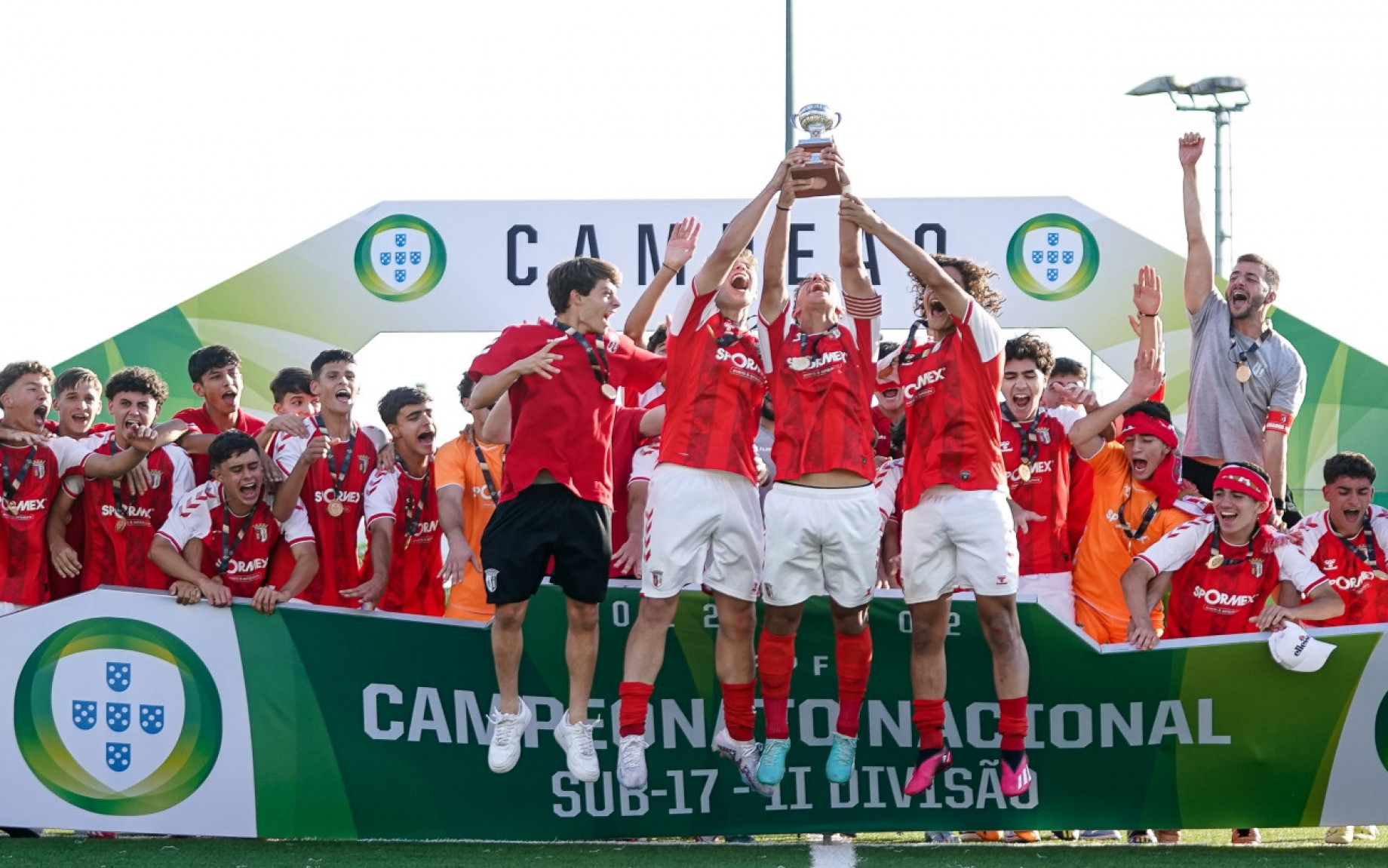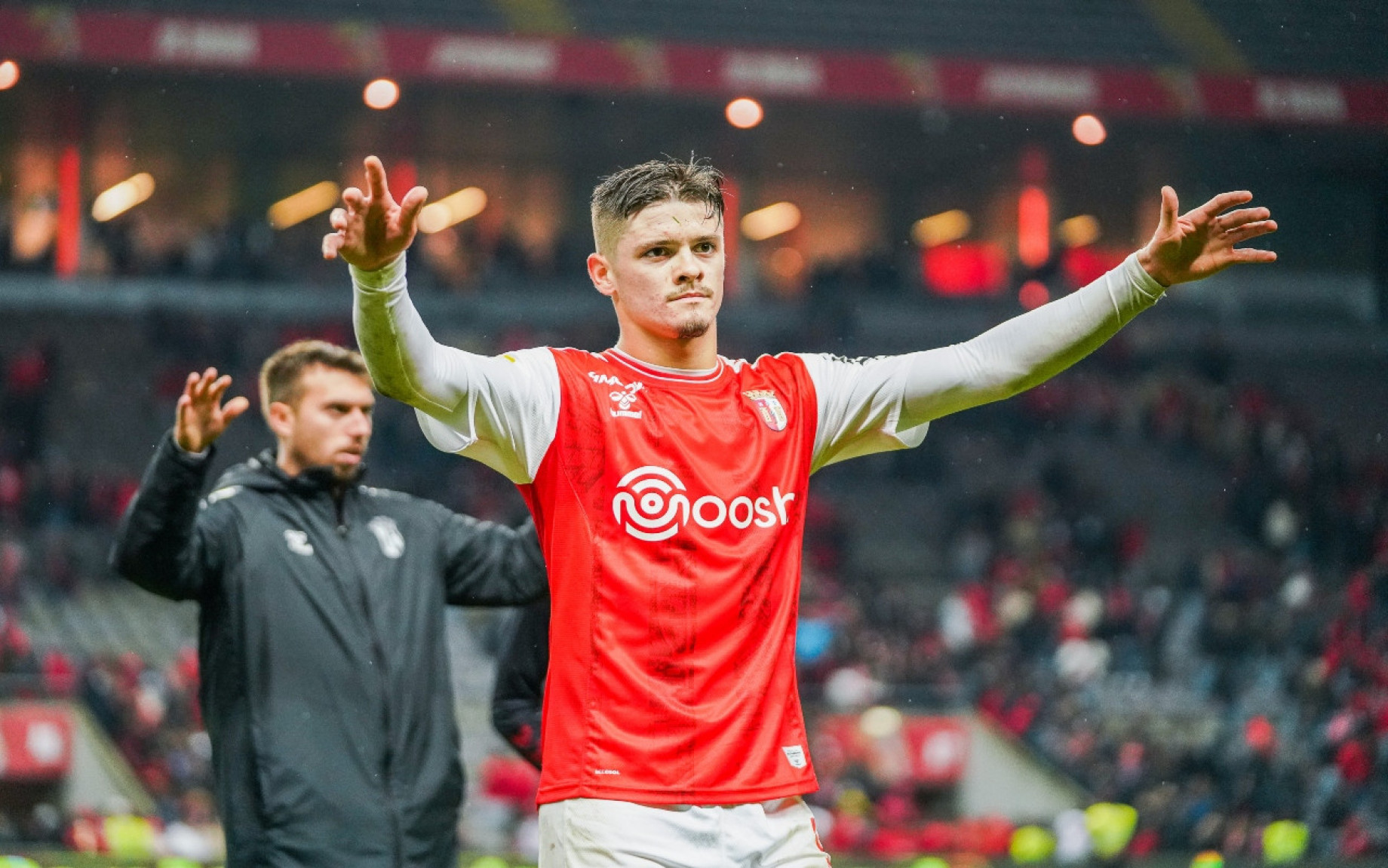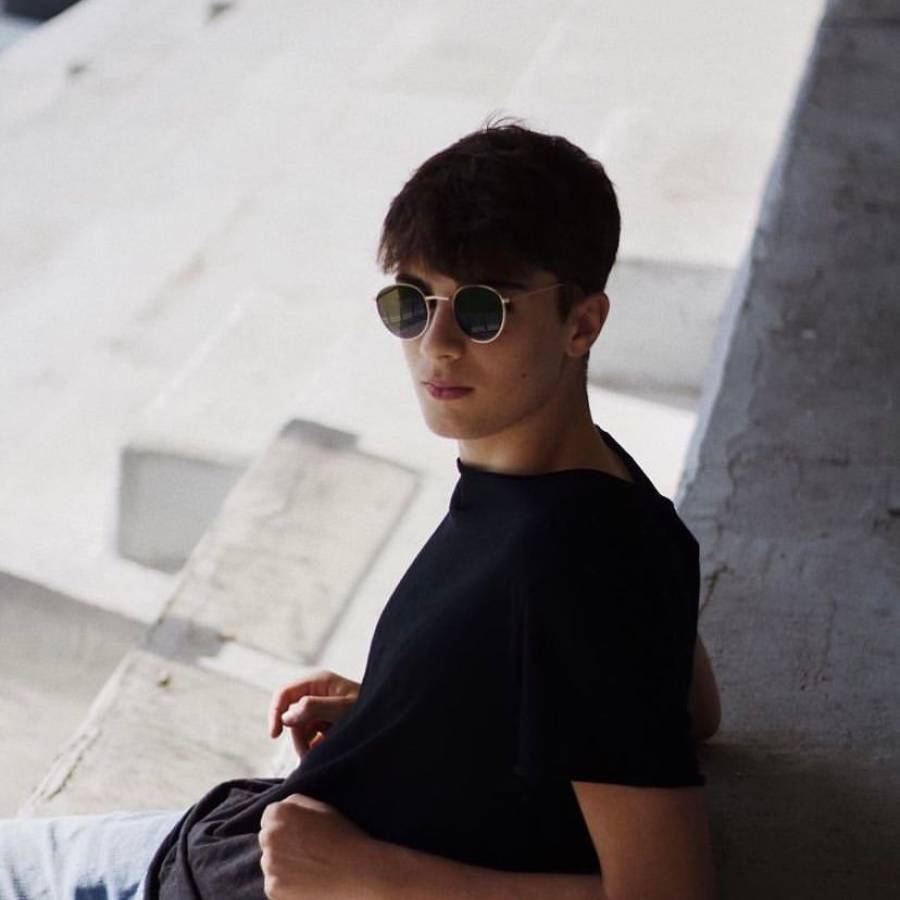For more future. Three words that perfectly describe Braga's work. Sustainability that goes hand in hand with competitiveness: how? Focusing on the growth of its young people. Focusing on the future. The philosophy has always been this, even if in 2017 there was an important sliding door in the history of the club. “We built our first youth sports center. Here we have everything you need to grow talent. It was a good investment: in six years we gave thirty-six players their debut in the first team, fourteen of which were sold". All numbers destined to rise.
In Braga's youth team: the secrets of the Portuguese club
A lot comes from Hugo Vieira. A former footballer with a past also in the Sampdoria shirt (between 1997 and 2000), once he put his boots aside he was unable to leave football completely. Since 2015 he has returned to Braga and is now the academy coordinator.

But how does Braga work in the youth team? “We start looking for kids as early as 6 years of age, especially in our city. Today we have a much more solid base than the one we had before 2017. From 13-14 years of age we then look for players in more distant areas" Hugo tells gianlucadimarzio.com. “There is a very strong bond with all of Portugal, from north to south. Then we have a historical connection with Brazil and Senegal".

Talent, discipline but also identity and uniformity. In what sense? “When we started this project we decided to follow the same tactical system in all teams, always playing with 4-3-3. Over the years we have decided to change this philosophy: for a young person it is important to understand the various gaming systems".

In addition to all the youth teams, Braga also has a B team that plays in the Portuguese third division. Like the model of Juventus and Atalanta in Italy. “It's not a given that a player has to go through the entire climb before he can be sold: for example, we sold a Senegalese boy who never played in the first team. We were banking on him, but it was a convenient transfer".
When the time comes to sell, Braga knows how to do it. It is the last step of the process, the most "painful" but also the most important. Among the many transfers made in recent years, that of Vitinha stands out: a Portuguese striker born in 2000 who joined Marseille in January for 32 million euros. “It was the biggest transfer in the club's history. We took him from the lowest division of the Under 17s. He was like a crazy horse, we made him grow and improve. He has fantastic humility, he will go even further".

Hugo has seen many talents: any other names? Trincao and Pedro Neto: “Pedro is an extroverted boy, he loved to joke and play with others. Francisco, on the other hand, was more in his world than him, but he had a crazy personality: when things went wrong he never hid".
But if he has to think about the best promise of Braga's youth team, Vieira has no doubts: “The talent that impressed me the most is Bruno Xadas who now plays for Maritimo, in the Portuguese Serie B. I saw him as a phenomenon, he was one of the best young players at a national level. He was about to move to Monaco but then he was diagnosed with a physical problem and remained here. After that event he didn't have the mental strength to start again, but he still has time".
And then we come to the last name that Hugo brings up: Alvaro Djaló. Another offensive player, born in 1999 who is still in the Braga shirt. “He is one of the most important players for us. He has always been different from the others, even though on three occasions we risked sending him away... he had a lot of difficulty balancing himself as a person and a footballer, but now he is here and is doing very well".

But it didn't end here. Because Braga not only produces talent on the pitch, but also many coaches. “Abel Ferreira who is now at Palmeiras, Ruben Amorim who coaches Sporting and Artur Jorge who is on the bench of our first team started in our youth sector. We are a factory of professionals". Hugo used the right word: Braga is like a factory. One of those that make half of Europe envious.















































































